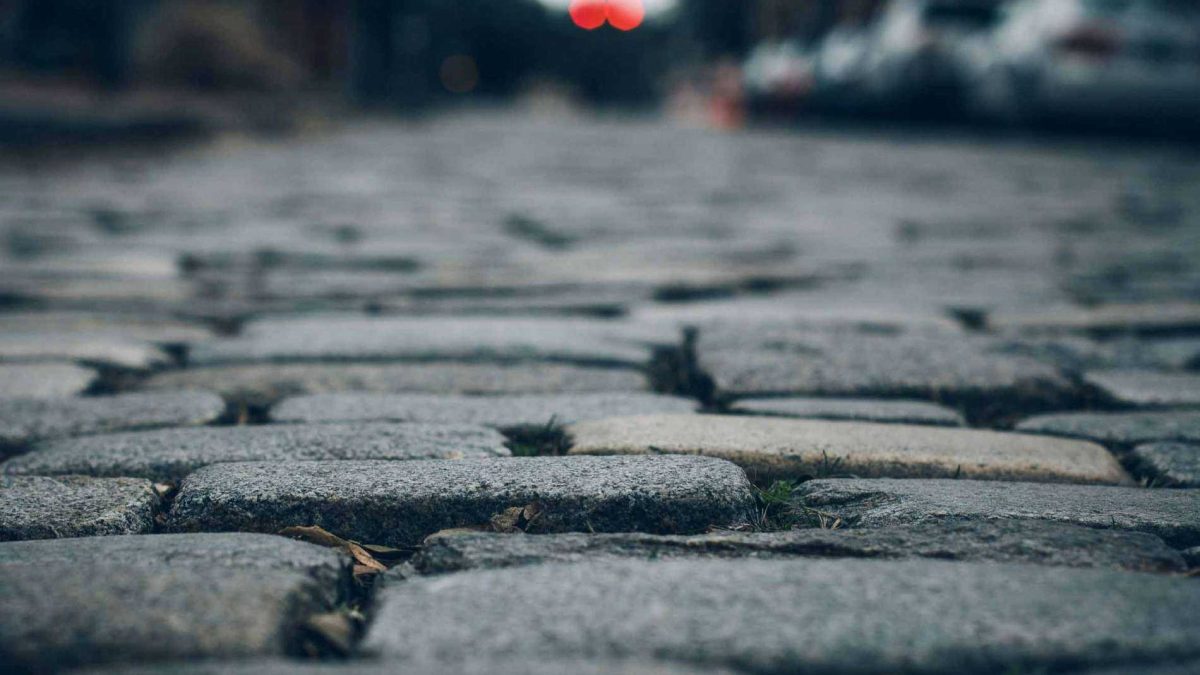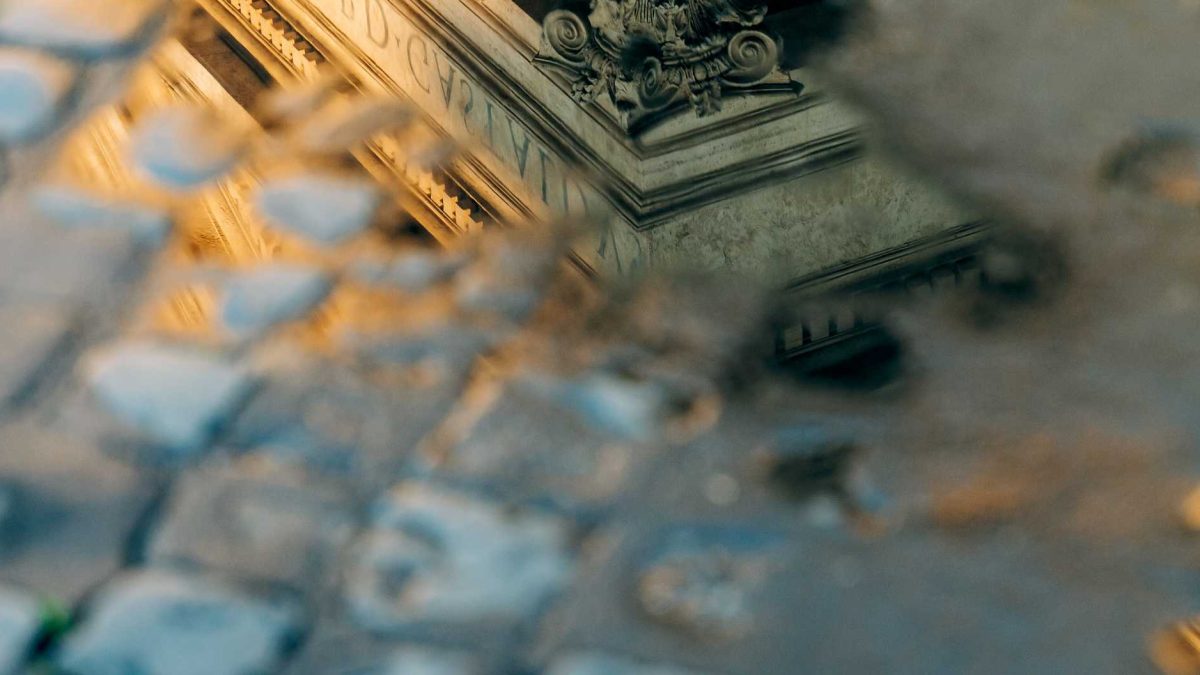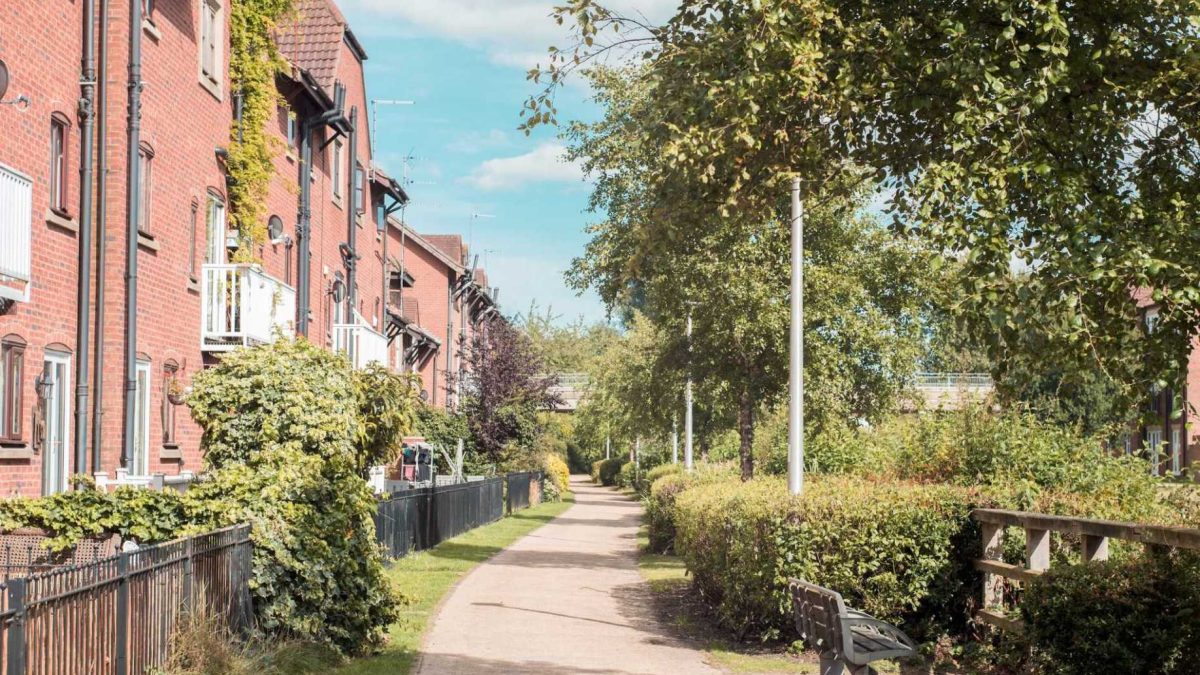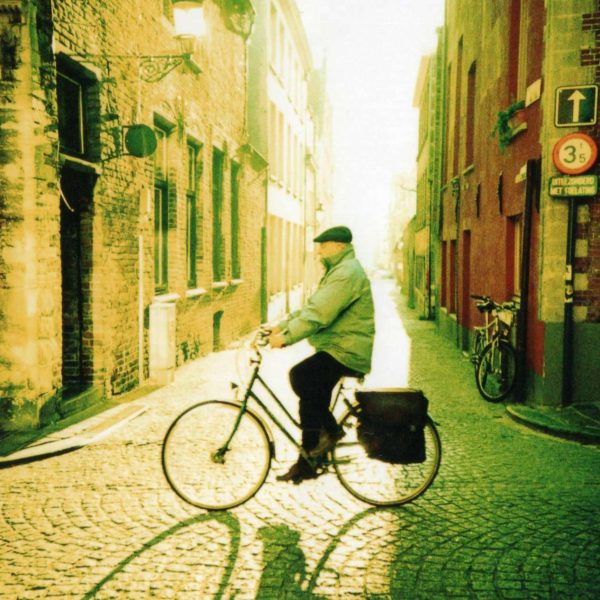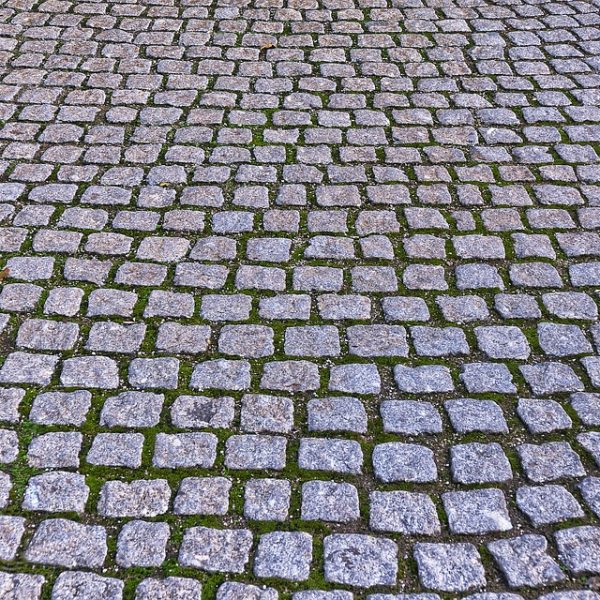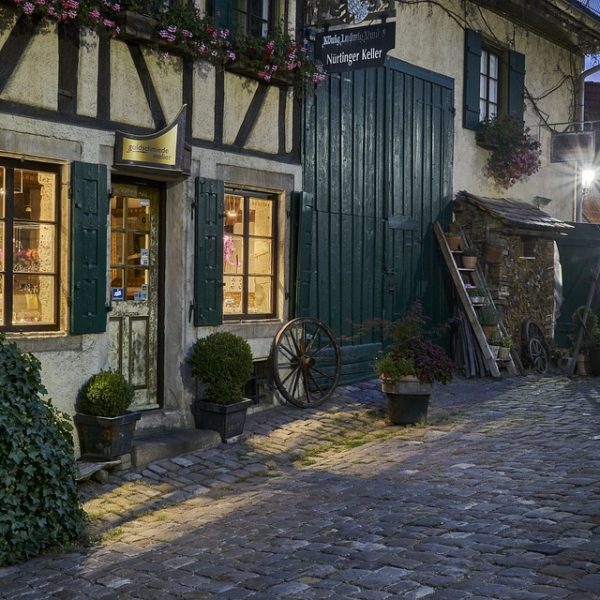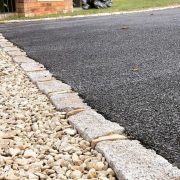
The Aesthetic Evolution of Speed Tables:
Balancing Safety with Urban Beauty
In the realm of urban planning and traffic management, the functional aspect has always been a priority. However, recent trends indicate a growing emphasis on not just how traffic calming measures like speed tables work, but also how they blend into the urban tapestry. The aesthetic evolution of speed tables, particularly the rise of cobbled speed tables, is a testament to this shift, balancing the critical aspect of safety with the enhancement of urban beauty.
Integrating Speed Tables into Urban Design
Traditionally, speed tables have been designed with a purely utilitarian approach, focusing on their ability to slow down traffic and enhance pedestrian safety. However, as cities evolve into not just places to live and work but also spaces of cultural and aesthetic value, the design of speed tables has started to reflect this change. Urban planners are increasingly viewing these installations as an opportunity to add to the visual and architectural appeal of the streets.
In historical districts or areas with significant architectural heritage, this approach is even more crucial. Here, speed tables must serve their purpose without clashing with the surrounding aesthetic. The design, texture, and material of these traffic calming measures are being tailored to complement and enhance the character of these unique urban spaces.
The Charm of Cobbled Speed Tables
A standout development in this aesthetic journey is the incorporation of cobbled speed tables. These bring several advantages:
- Visual Harmony with Historical Settings: Cobbled speed tables are particularly suited for historical or conservation areas where modern materials might look out of place. The texture and pattern of cobbles can seamlessly blend with the traditional paving, preserving the area’s historical integrity.
- Customisable Patterns and Designs: The versatility of cobbles allows for various designs and patterns. This means each installation can be unique, contributing to the area’s identity and character.
- Tactile Feedback for Drivers: The natural unevenness of cobbled surfaces provides a physical alert to drivers, enhancing the traffic calming effect while ensuring that the aesthetic does not compromise safety.
- Durability and Timelessness: Cobbles are not only visually appealing but also extremely durable. Their ability to withstand heavy traffic and adverse weather conditions makes them a practical choice for urban settings.
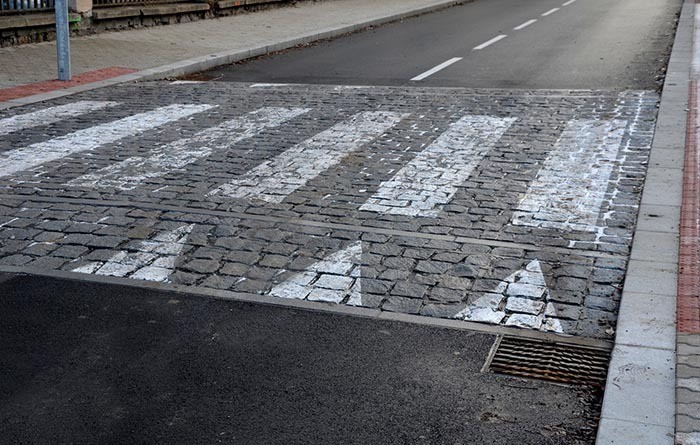
Enhancing Urban Landscapes with Cobbled Speed Tables
The inclusion of cobbled speed tables in urban planning is more than just an aesthetic choice; it’s a commitment to preserving and celebrating local heritage. By integrating these elements, cities can maintain their historical charm while adapting to modern safety needs. The cobbled speed table becomes a symbol of how functionality and beauty can coexist, enhancing the quality of urban life.
In residential areas, commercial districts, or near schools and parks, cobbled speed tables can be designed to complement the surroundings. Whether it’s through matching the color of local buildings or mimicking patterns found in nearby historical landmarks, these installations can serve as a bridge between the past and the present.
The aesthetic evolution of speed tables, especially with the rise of cobbled variants, reflects a broader trend in urban planning towards creating spaces that are not only safe and functional but also aesthetically pleasing and culturally resonant. As our urban landscapes continue to grow and evolve, the thoughtful integration of such elements will be key in crafting cities that are not just liveable but also visually and culturally enriching. Cobbled speed tables stand at this intersection, offering a glimpse into a future where every aspect of city planning contributes to the larger tapestry of urban life.


